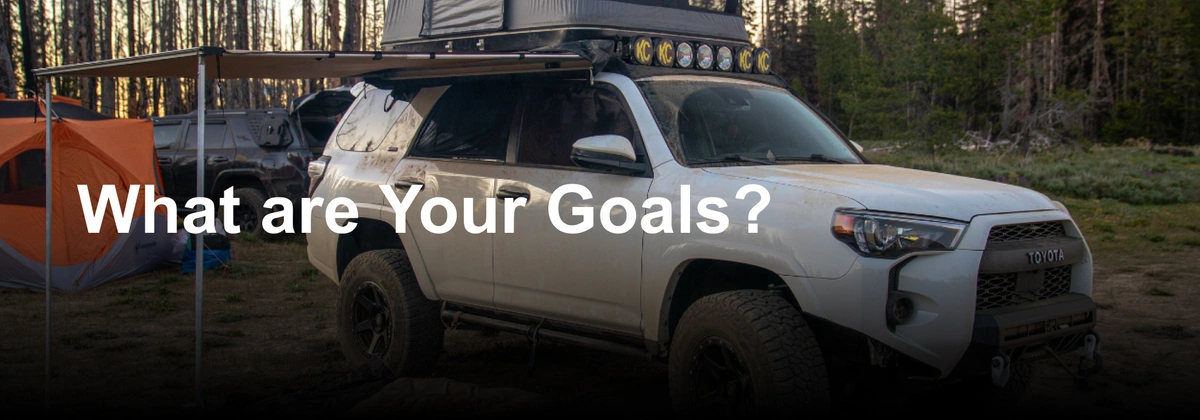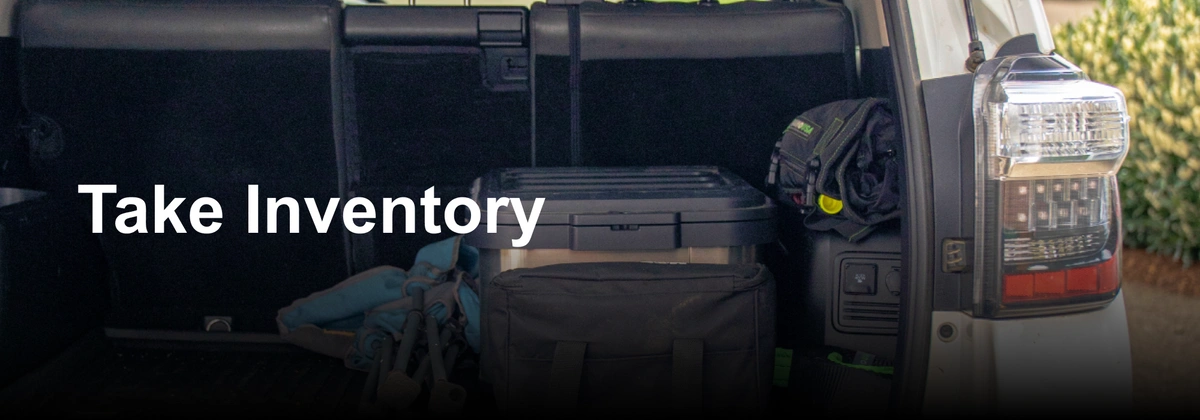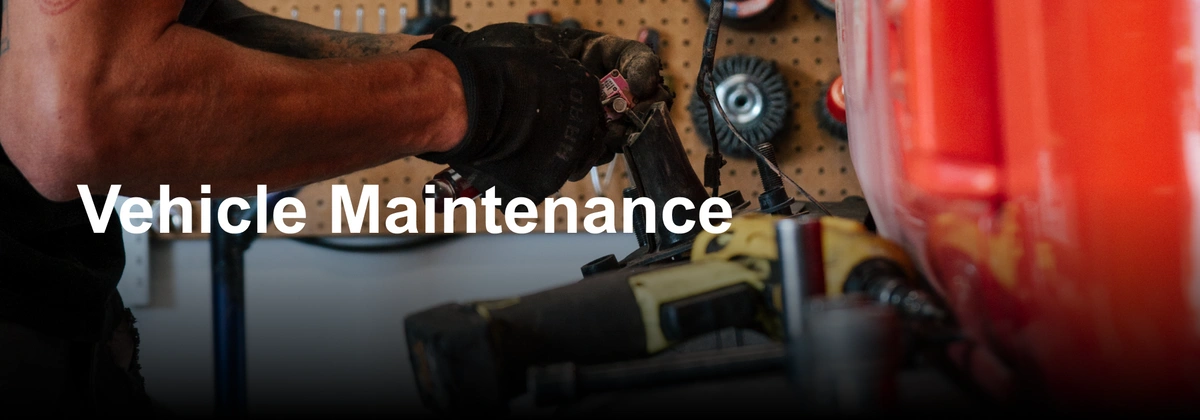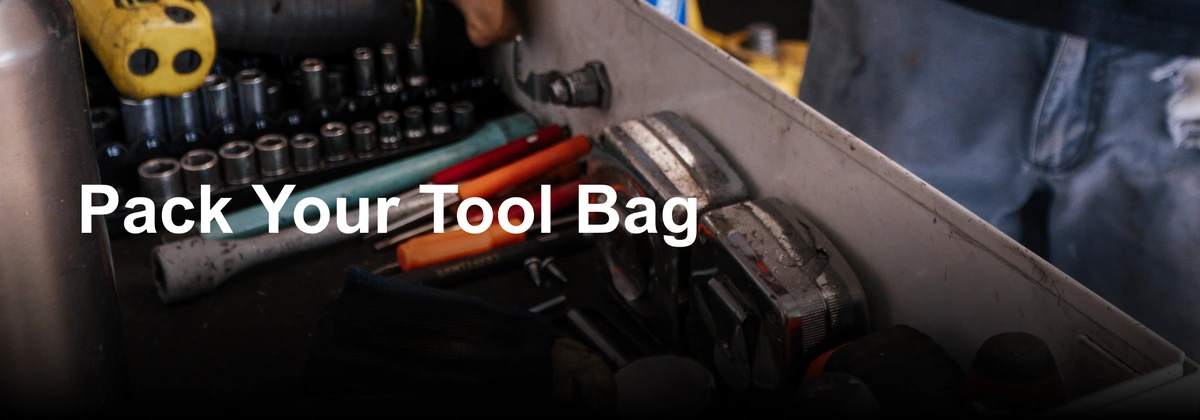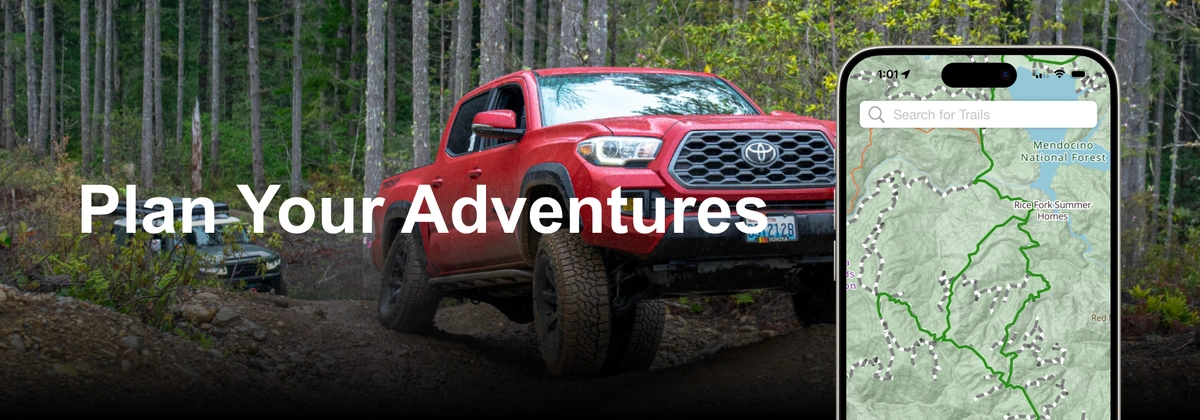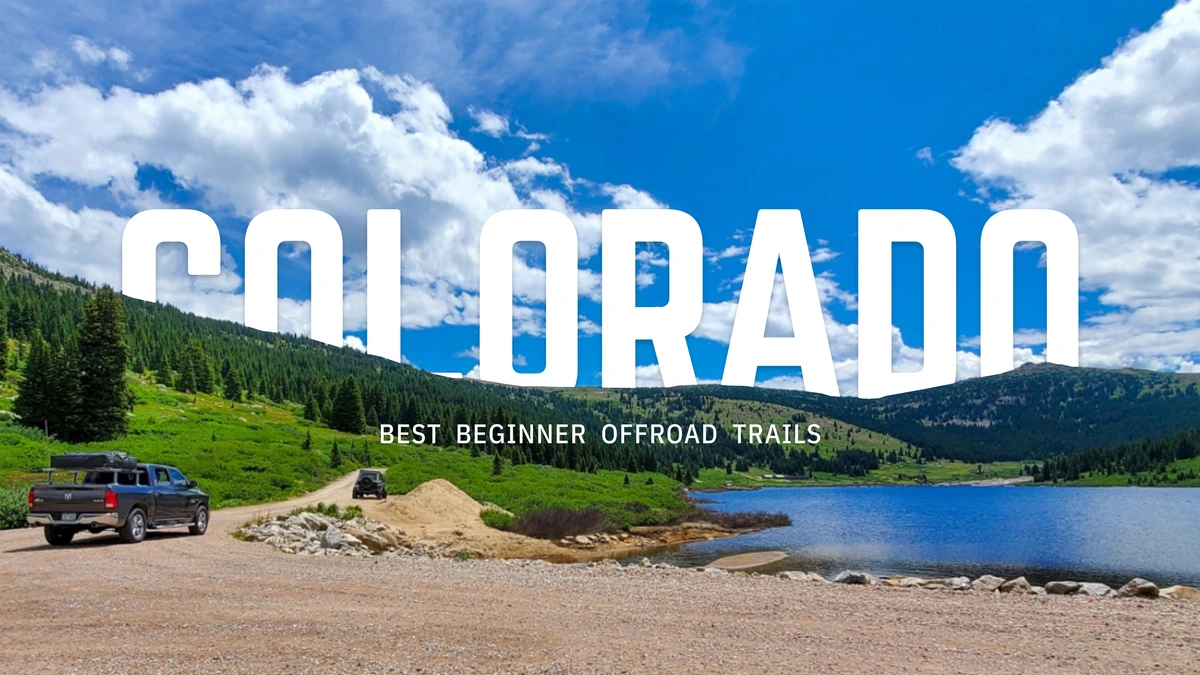
Gear Up: Preparing for Offroad and Overland Adventures
No matter the time of year, we are lucky to say it's always offroad season somewhere in the United States. But before you hit the trails, be it in the forests of the Pacific Northwest or the deserts of south Texas, there are a few things you need to consider for a great adventure. Proper preparation involves more than just packing your gear; it’s about ensuring your vehicle is ready to handle the terrain demands and the journey ahead. In today’s post, I'll walk you through the key steps to prepare your vehicle for adventures!
For those of you reading this post who are new to the offroad and overland space, you’ll want to make a decision early on as to whether or not you prefer to do offroading or overlanding. Of course, these two hobbies very much so overlap; however, if you prefer off-roading with its challenging trails and technical driving, as opposed to overlanding, where the journey is just as important as the destination, your preference will shape your preparation strategy and the gear you'll need.
On the other hand, if you plan on hitting strictly dirt roads to camp all summer, adding a full skid and bumper setup may not be worth the investment.
Of course, if you fall somewhere in between, like most of us do, you will want to take a lot more into consideration, such as: Is my gear easily removable when not in use? Should I invest in aluminum or steel armor? What kind of tires make sense for my setup? and so on.
Once you have an established goal, you can begin researching and building out your rig, which is the most exciting part, in my opinion.
For those who have figured out their build and what direction they want to take, now is the time to take inventory of your gear.
Yes, you heard that right. I say as a precaution, the last thing you would want is being knee-deep down a trail, and your gear and equipment start failing on you. Or maybe you’re new to the community and don’t know what gear to start with.
Here’s a quick checklist to get you started on your necessities. Remember, this is the bare minimum; your list will change as you start to take on more challenging trails.
Necessities for Offroading
-
Air Up/Down Tools - Air Compressor and Hoses, I also keep a Tire Deflator Kit on hand
-
Tire Repair Kit
-
Recovery Gear - At minimum have a strap, soft shackles, and a D-Ring. Take the time to educate yourself on these as well
-
Radios - GSMR radios are a must when traveling in a group
-
First Aid Kit
-
All-Terrain Tires
-
Tool Roll
-
Trash Bag
-
Fire Extinguisher
-
Shovel
-
Extra food and water
Necessities for Overlanding
-
Everything that you will need to Offroad
-
Sleeping Shelter - Will you use a ground tent? A hammock? Sleep inside your vehicle or up in a rooftop tent? Take your time finding the perfect solution for your setup. Prices and features vary wildly depending on each.
-
Camp Kitchen Setup - Grill, propane, cookware, etc. If you have the budget for a set of reusable plates, cups, bowls, and cutlery, I suggest that too
-
Warm Sleeping Bag - I suggest getting one that is rated for up to freezing temps so you can use it year-round. You may also want to invest in a wool blanket for colder nights.
-
Camp Chairs
-
Table - Get one that will fold up easily
-
Additional lighting for later at night
Regular maintenance is the backbone of vehicle preparation, especially before embarking on multi-day trips. A well-maintained vehicle is more reliable and less likely to encounter issues on the trail.
Start with routine maintenance checks. Ensure your engine oil, coolant, brake fluid, and transmission fluid are at proper levels. Clean, fresh fluids help your vehicle run smoothly and prevent breakdowns.
Next, check your brake pads, rotors, and brake lines. Good brakes are crucial for safety. Inspect your tires for wear and tear. Check the tread depth and look for any cuts or punctures.
Now that you have the basics out of the way, if you are planning on a multi-day trip, take a look at your maintenance schedule, which can be found in your handbook. This will give you a detailed list of all the services that need to be done at each mileage interval. Make sure that those things are getting done.
Move on to critical system checks. Inspect your suspension components, including shocks, struts, and bushings. Look for signs of wear or damage and replace any faulty parts. Check the condition of your steering linkage, tie rods, and ball joints. Proper steering is vital for control on rough terrain. Inspect all belts and hoses for cracks, fraying, or leaks. Replace any that show signs of wear to prevent breakdowns.
And don’t forget to tighten down any bolts! Many people overlook this, but the more you are on uneven terrain, the more vibrations you will cause while driving, and the more likely your bolts will get loose.
Maintenance is crucial for the longevity of your vehicle but also for your safety out on the trails. While many of these things don’t need to be done before every single trip, it’s still important to take a look and make sure you aren’t seeing any problems.
Dare I say that your tool bag is one of the most important things you bring with you on every trip?
There will be a time when you are out on the trail when something either breaks or fails. I promise you, it has happened multiple times for me, and thankfully, every time, we have had the resources to temporarily fix it.
Now everyone’s tool bag will look a bit different depending on the vehicle you may be driving and the modifications you have on it. However, you will want at least the following:
-
Zip Ties
-
Duct Tape
-
Set of Wrenches
-
Set of Pliers
-
Metric & Standard Sockets - Figure out what your smallest and largest are and get every size in between
-
Impact Gun or Ratchet
-
Screwdriver Set
-
Ratchet Straps
-
Loctite
-
Assorted electrical items like fuses, tape, etc.
-
Jumper Cables
Many companies sell the ‘Mechanics Set’, which includes most of the tools you will need and is neatly organized. If you’re looking for anything specific to your vehicle, I would suggest checking out the forums. There are a lot of good lists that you will find.
With your vehicle prepared and equipped, it’s time to plan your 4WD adventure(s). While there are many ways to determine where you want to go, Trails Offroad™ takes the guesswork out of the planning process.
Instead of relying on Facebook groups or asking friends—who might not always provide up-to-date trail conditions or difficulty descriptions—Trails Offroad™ offers all the information you need right at your fingertips. Using the map feature, you can explore all the trails around you and find the perfect route for your adventure.
The Trails Offroad™ platform is an excellent resource for offroad and overland enthusiasts. It helps you find trails and routes that match your skill level and vehicle capabilities. You can check for recent trail conditions and any closures and identify key stops like camping spots, fuel stations, and water sources along your route. Always plan for contingencies in case your trip takes longer than expected. Weather can significantly impact trail conditions, so check forecasts before you leave and be prepared for changes.
Whether you’re looking for a challenging offroad trail or a scenic overland route, Trails Offroad™ has you covered, ensuring your adventures are well-planned and enjoyable.
Now go out there and hit the trails! If you follow one of our routes, make sure to leave a review and share your experience!
